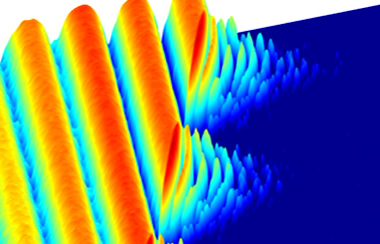
A scientist at Princeton University have been experimenting with superconducting materials, materials for which electrical resistance is nonexistent, and they have seemingly managed the impossible.
With about 100 billion atoms of superconducting materials, they have managed to build a structure that acts as a single “artificial atom”. They then placed this “artificial atom” next to a superconducting wire containing photons.
And because of quantum mechanical effects, photons inherits certain properties of the artificial atom, they, therefore, begins to interact with other particles and this is something photons normally doesn’t do.
So instead of moving at normal speed, the team of researchers has managed to freeze the light, making it create crystal-like structures. That is, the researchers are not shining light through the crystal, they are actually transforming light into crystal as a quantum effect.
Darius Sadri, a postdoctoral researcher at Princeton University and one of the authors, writes in a press release, “We have used this blending together of the photons and the atom to artificially devise strong interactions among the photons,”. He adds, “These interactions then lead to completely new collective behavior for light – akin to the phases of matter, like liquids and crystals, studied in condensed matter physics.”
This device is very small but according to a statement by Princeton University, the researchers plan to expand the device and the number of quantum interactions, to expand it from the simulation of a single molecule to that of an entire material. So in the future, the researchers actually plan to build devices with hundreds of sites for with which they hope to observe exotic phases of light such as superfluids and insulators.
The research team have published their results in Physical Review X, see below.
_______________
Observation of a Dissipation-Induced Classical to Quantum Transition
Princeton press release
______________________________

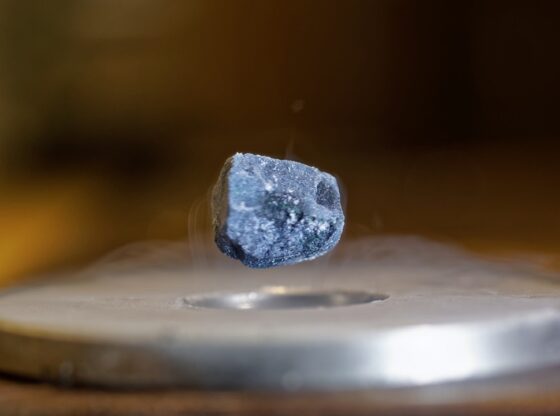

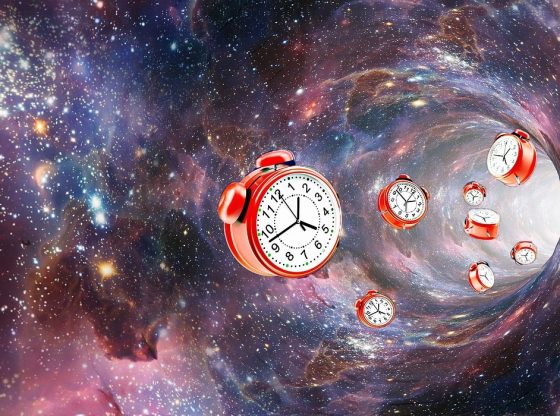
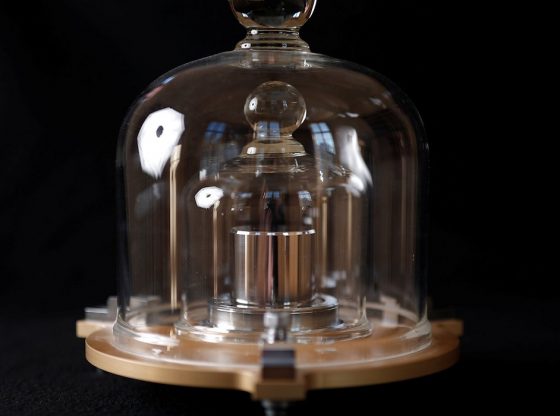
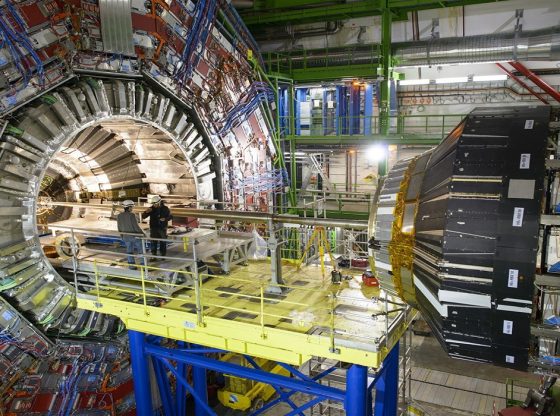
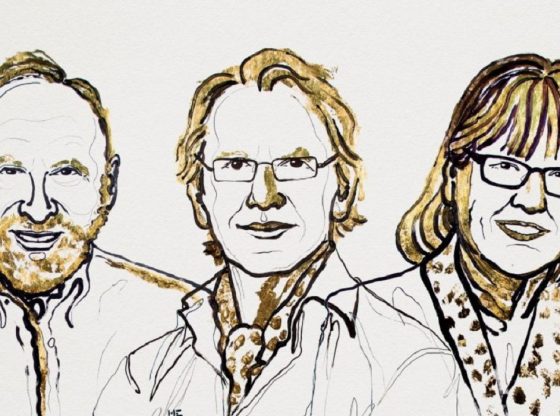
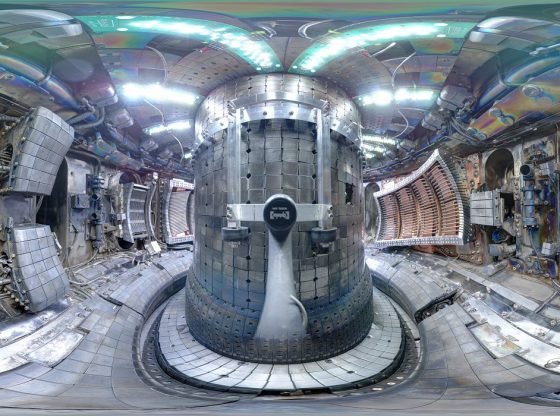
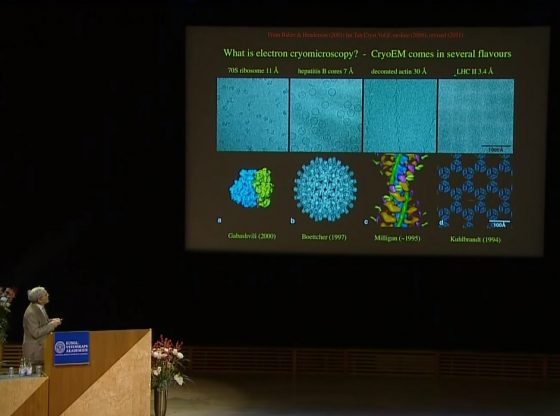
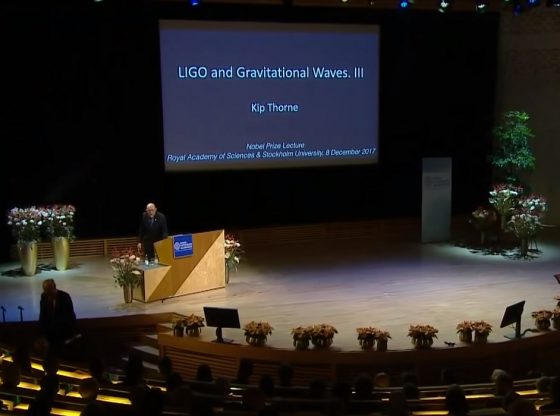
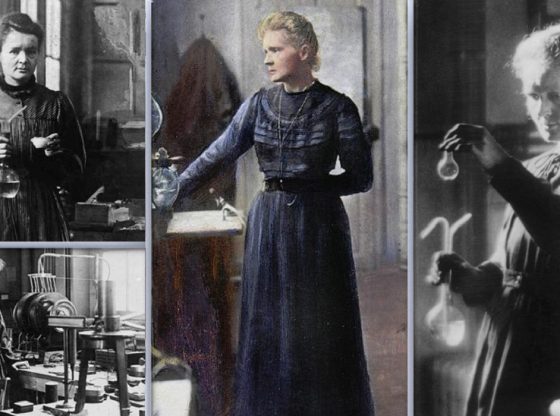
![OpenAI. (2025). ChatGPT [Large language model]. https://chatgpt.com](https://www.illustratedcuriosity.com/files/media/55136/b1b0b614-5b72-486c-901d-ff244549d67a-350x260.webp)
![OpenAI. (2025). ChatGPT [Large language model]. https://chatgpt.com](https://www.illustratedcuriosity.com/files/media/55124/79bc18fa-f616-4951-856f-cc724ad5d497-350x260.webp)
![OpenAI. (2025). ChatGPT [Large language model]. https://chatgpt.com](https://www.illustratedcuriosity.com/files/media/55099/2638a982-b4de-4913-8a1c-1479df352bf3-350x260.webp)








